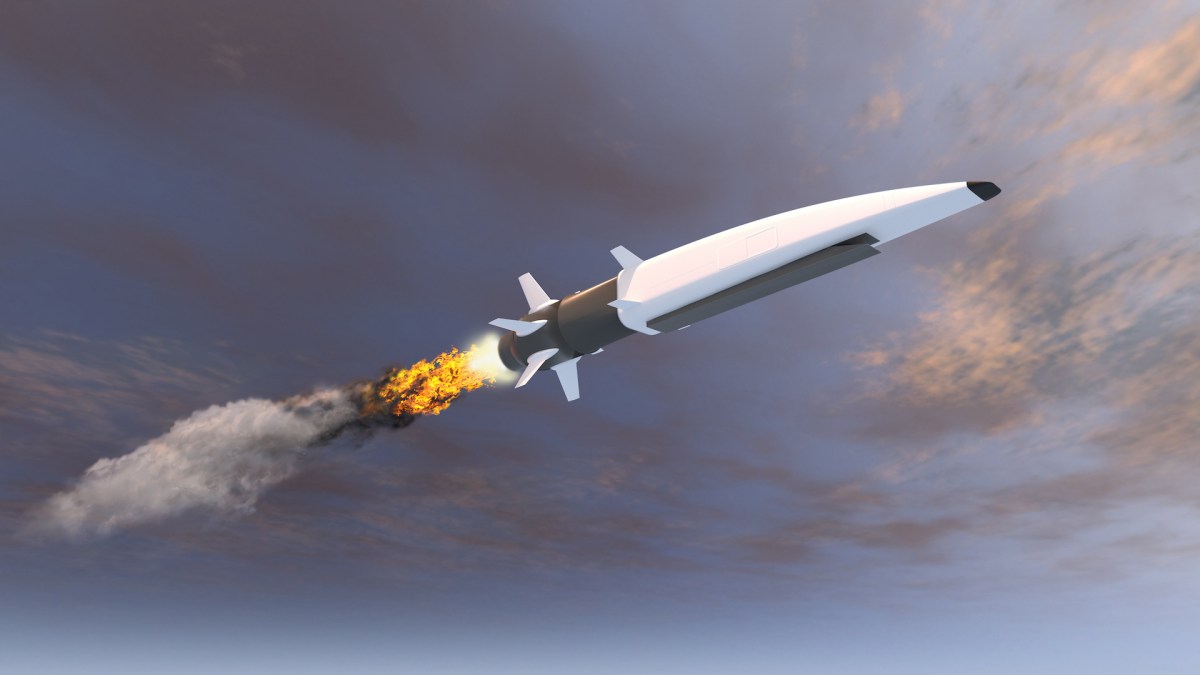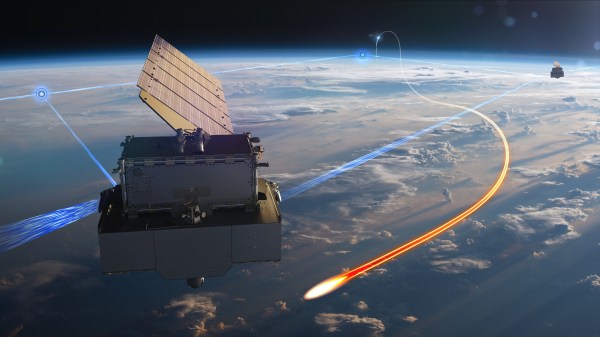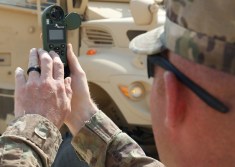Report: Multi-orbit sensing architectures optimal for hypersonic missile defense

As the Defense Department looks to modernize how it spots, tracks and defeats hypersonic missiles and other advanced threats, focus should remain on deploying sensors in multiple domains and orbital regimes, according to a new report from the Center for Strategic and International Studies.
While designing and deploying that architecture, Pentagon leaders should prioritize persistent coverage in the Indo-Pacific and capabilities that provide fire-control quality data, the document notes.
Released on Monday, the study — “Getting on Track: Space and Airborne Sensors for Hypersonic Missile Defense” — outlines current and future options for space-based sensor architectures and discusses their unique tradeoffs, characteristics that should inform architecture design and specific paths the Defense Department should avoid.
Masao Dahlgren, CSIS fellow and author of the report, said that with various Pentagon efforts underway to put new missile warning and missile-tracking constellations in orbit, the study should serve as a “cheat sheet.”
“There’s a lot of constellations coming online, and we want them — the policymaker — to understand what the measures are for success,” Dahlgren said Monday during an event hosted by CSIS. “Sensors are the first link to the missile defense kill chain, and you design every other requirement for missile defense around them. So, it’s important to get this piece right.”
Although the report does not advocate for one specific architecture design, it notes that creating global and persistent coverage for missile defense is best achieved with a hybrid, mixed-orbit sensing setup.
“Hybrid constellations can combine their coverage hotspots to increase emphasis on critical regions,” the study notes. “A [low-Earth orbit] constellation with lower inclinations can provide dense coverage of the Indo-Pacific region, while a smaller constellation of [medium-Earth orbit] and [highly elliptical orbit] assets can provide an additional layer of resilience and selective emphasis on the poles.”
Furthermore, leveraging a single orbital regime to create resilience could incur risks and vulnerabilities in the sensor architecture, the document says. It specifically cautions against consolidating systems to a single orbit — particularly low-Earth orbit, which is the focus of the Space Development Agency’s Proliferated Warfighter Space Architecture — to mitigate those risks.
In the near term, the study suggests prioritizing coverage in the Indo-Pacific as quickly as possible. Constellations in MEO might be better suited to cover these mid-latitude regions, while satellites situated in LEO would offer persistent coverage of higher latitudes and the polar region, according to the report.
An airborne underlay of sensors could also provide immediate coverage to the Indo-Pacific, it notes.
“For nearer-term coverage, especially for the lower latitudes relevant to the Indo-Pacific and other theaters, policymakers should be attentive to the pacing of sensor fielding, not only the final product—graceful deployment as well as graceful degradation,” the report says.
The Pentagon is investing billions of dollars in satellite constellations across orbital regimes in response to the growing threat of hypersonic weapons, a fact that is praised in the report.
Hypersonic missiles are highly maneuverable and can reach speeds of Mach 5 or greater. Their unpredictable flight paths, high speeds and unique thermal signatures make them difficult to detect when they are launched and to track them in flight when they are headed towards a target.
While the tracking mission isn’t unique to hypersonic vehicles, U.S. adversaries are moving towards using those maneuverable types of weapons, Richard Ritter, program executive officer for sensors, command and control at the Missile Defense Agency, said at the CSIS event.
“Missile warning is — it’s launched. It doesn’t answer the question of where it’s going,” Ritter said. “In the past we were pretty comfortable, because when it was boosting you could figure out where it was going. You can’t do that anymore. That gets into missile tracking and missile defense.”
The report emphasizes that accurate tracking data will be key to ultimately defeating missile threats and argues for the need for fire-control quality data — that is, data that has enough information on a missile’s position and time accuracy to generate an intercept solution.
This quality of data would improve the performance of missile defense systems currently in use and “ease design requirements” for future systems, according to the study.
“The effective employment of fire control quality tracks will require new processing, networking, and sensor fusion capabilities to synthesize missile tracks and compute fire control solutions,” the report says. “Precise tracking furthermore demands attention to a wide variety of new threat signatures, the presence of background clutter, future countermeasures, and other challenges.”
Many of the sensor architecture systems under development at the Defense Department are working on improved fire-control capabilities. For example, MDA’s Hypersonic and Ballistic Tracking Space Sensor (HBTSS) prototypes are intended to provide the fire-control quality data necessary for advanced missile threats.
The Space Development Agency is also beginning to work on its own fire-control solutions, and has plans to leverage work done by MDA on the HBTSS program, said Col. Alexander Rasmussen, SDA’s chief of the tracking layer.
“SDA is absolutely going to exploit the successes there,” Rasmussen said during the CSIS event. “We’ve got part of it in the [Tranche 1 tracking layer] and [Tranche 2 tracking layer] and are able to proliferate moving out in the future.”
Scaling fire-control capabilities across the architecture will be critical moving forward, according to Dahlgren.
“How do we move the schedule left? And how do we make sure that those requirements for fire-control capability make it into the final architecture and make it into the warfighters hands?” he said.






